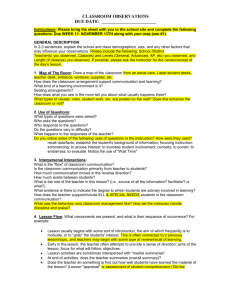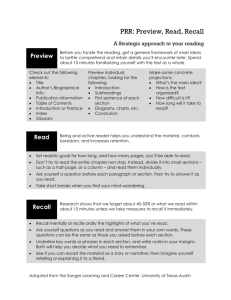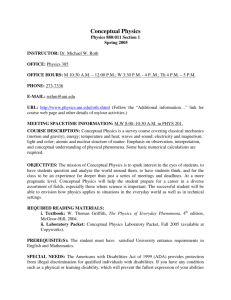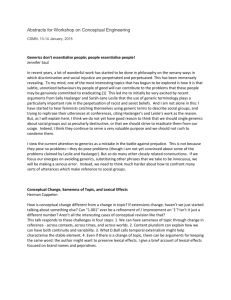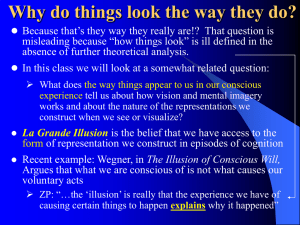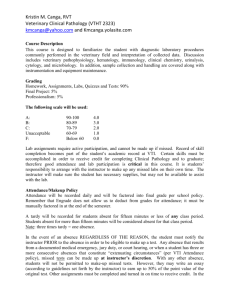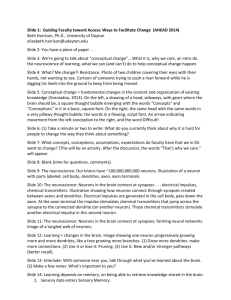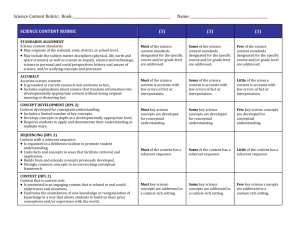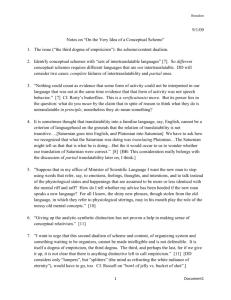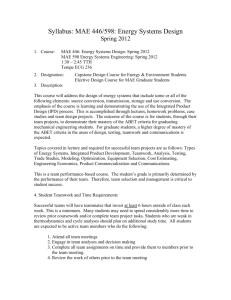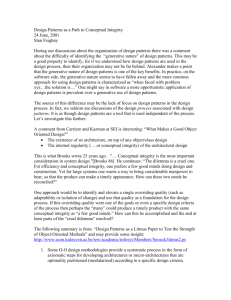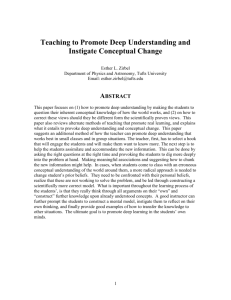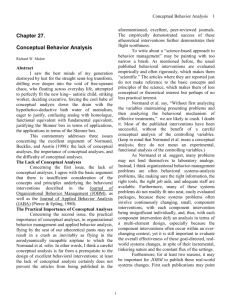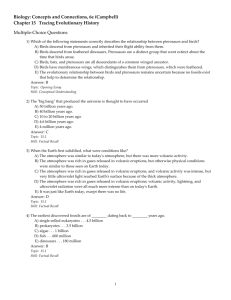2 CATs Example HO - Center for Teaching Learning
advertisement
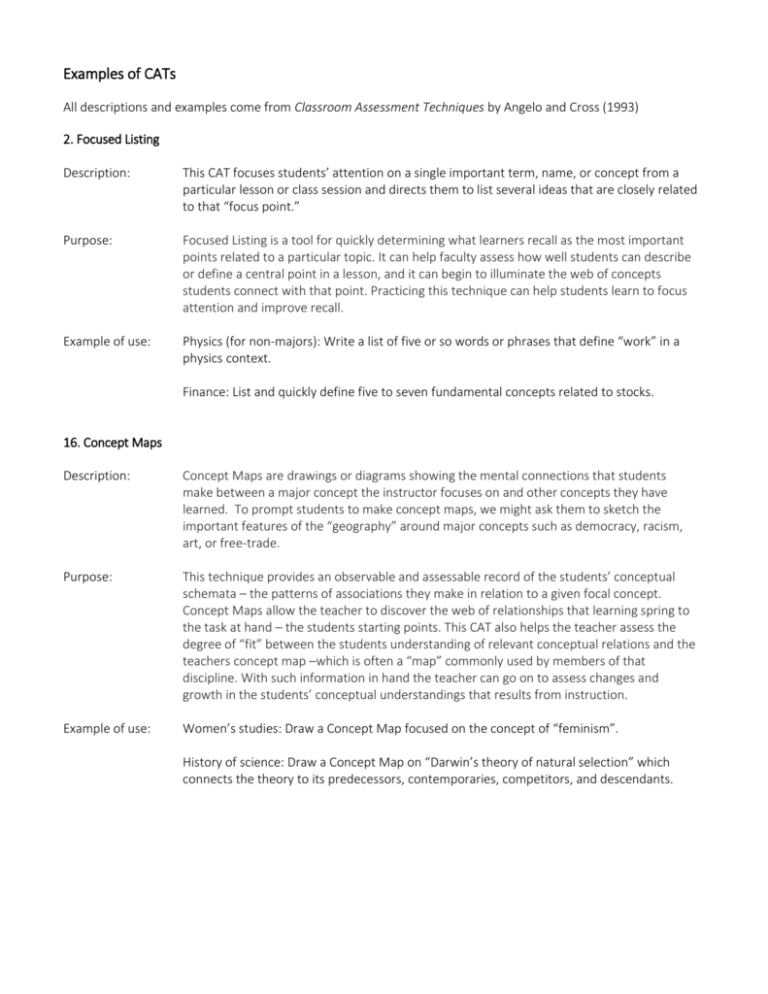
Examples of CATs All descriptions and examples come from Classroom Assessment Techniques by Angelo and Cross (1993) 2. Focused Listing Description: This CAT focuses students’ attention on a single important term, name, or concept from a particular lesson or class session and directs them to list several ideas that are closely related to that “focus point.” Purpose: Focused Listing is a tool for quickly determining what learners recall as the most important points related to a particular topic. It can help faculty assess how well students can describe or define a central point in a lesson, and it can begin to illuminate the web of concepts students connect with that point. Practicing this technique can help students learn to focus attention and improve recall. Example of use: Physics (for non-majors): Write a list of five or so words or phrases that define “work” in a physics context. Finance: List and quickly define five to seven fundamental concepts related to stocks. 16. Concept Maps Description: Concept Maps are drawings or diagrams showing the mental connections that students make between a major concept the instructor focuses on and other concepts they have learned. To prompt students to make concept maps, we might ask them to sketch the important features of the “geography” around major concepts such as democracy, racism, art, or free-trade. Purpose: This technique provides an observable and assessable record of the students’ conceptual schemata – the patterns of associations they make in relation to a given focal concept. Concept Maps allow the teacher to discover the web of relationships that learning spring to the task at hand – the students starting points. This CAT also helps the teacher assess the degree of “fit” between the students understanding of relevant conceptual relations and the teachers concept map –which is often a “map” commonly used by members of that discipline. With such information in hand the teacher can go on to assess changes and growth in the students’ conceptual understandings that results from instruction. Example of use: Women’s studies: Draw a Concept Map focused on the concept of “feminism”. History of science: Draw a Concept Map on “Darwin’s theory of natural selection” which connects the theory to its predecessors, contemporaries, competitors, and descendants. 19. Problem Recognition Tasks Description: Problem Recognition Tasks present students with a few examples of common problem types. The students’ task is to recognize and identify the particular type of problem each example represents. Purpose: In many fields, students learn a variety of problem- solving methods, but they often have difficulty determining which kinds of problems are best solved by which methods. Problem Recognition Tasks help faculty assess how well students can recognize various problems types, the first step in matching problem to a solution method. As students work through this CAT, they practice thinking generally about problems they often view as individual, isolated exemplars. This practice helps him develop valuable diagnostic skills. Example of use: Business statistics: Given five word problems, indicate which of five specific statistical procedures would best solve each problem. Counselor education: Given six half-page mini-cases, each describing an adolescent referred for counseling, make an initial judgment about the main problem in each case (from a subset of problems). 24. Application Cards Description: After students have heard or read about an important principle, generalization, theory, or procedure, the instructor hands out index cards and asks students to write down at least one possible, real-world application for what they have just learned. Purpose: Applications Cards let faculty know in a flash how well students understand the possible applications of what they have learned. This technique prompts students to think about possible applications and, as a consequence, to connect newly learned concepts with prior knowledge. As they respond to the technique, students also see more clearly the possible relevance of what they're learning. Example of use: Psychology: Psychologists have long noted the effects of “primacy” and “recency” on recall of information. These effects have implications for classroom teaching and learning. Suggest an application of these implications for teachers using the lecture method. Health sciences: Provide three possible applications of statistical significance testing to public health issues currently in the news.
